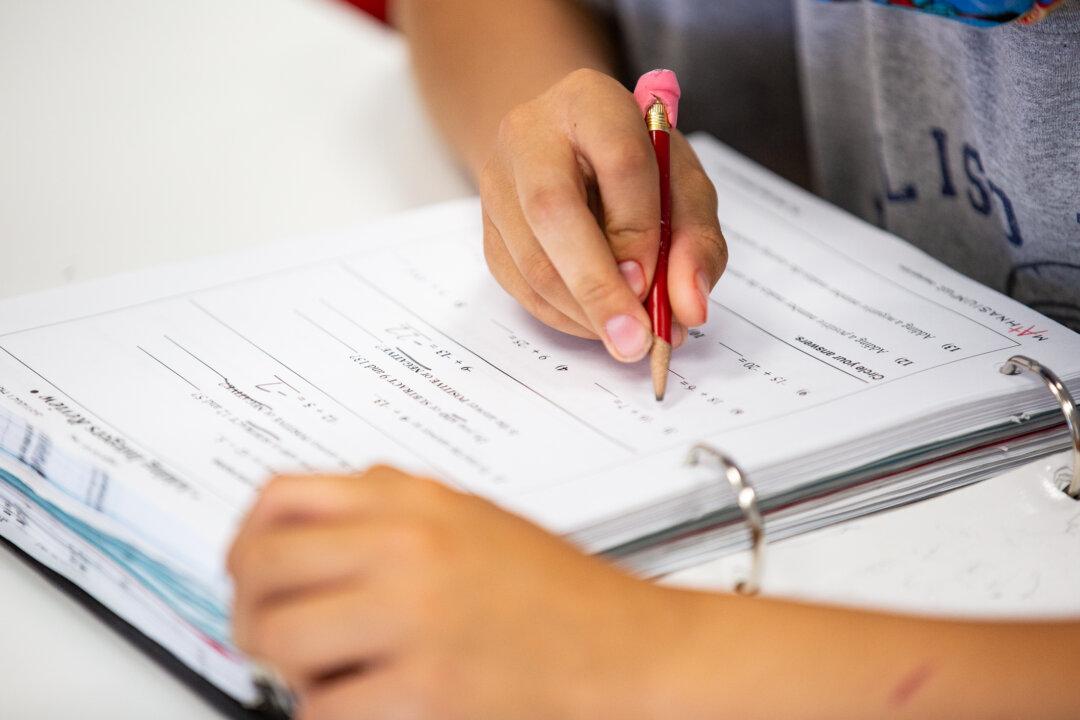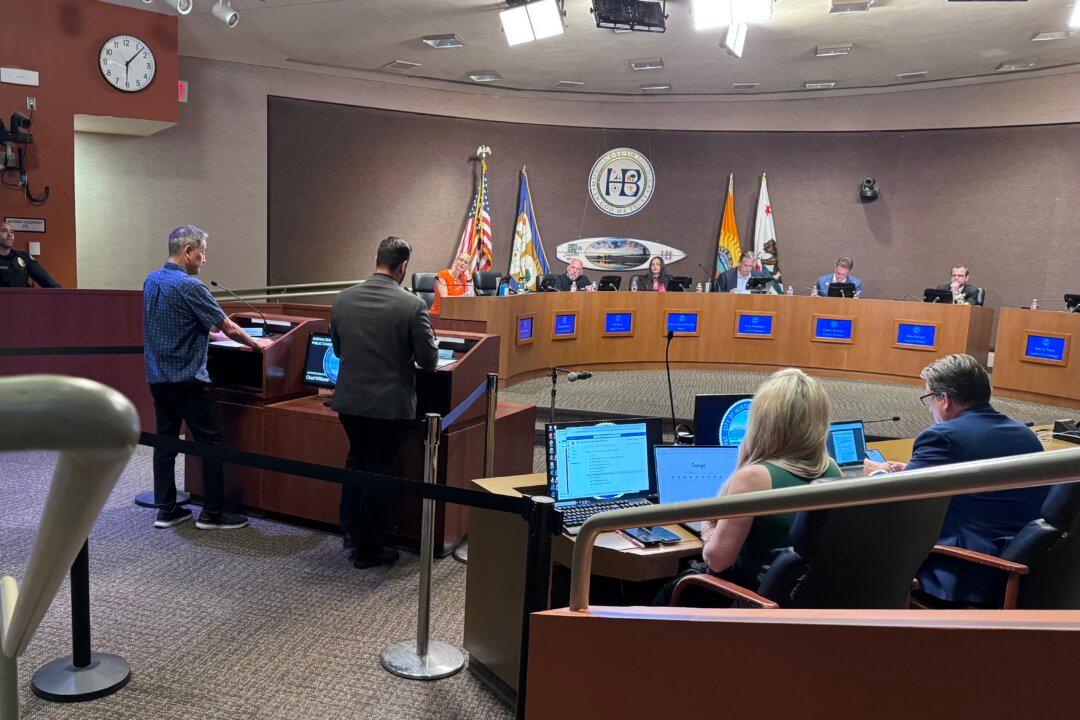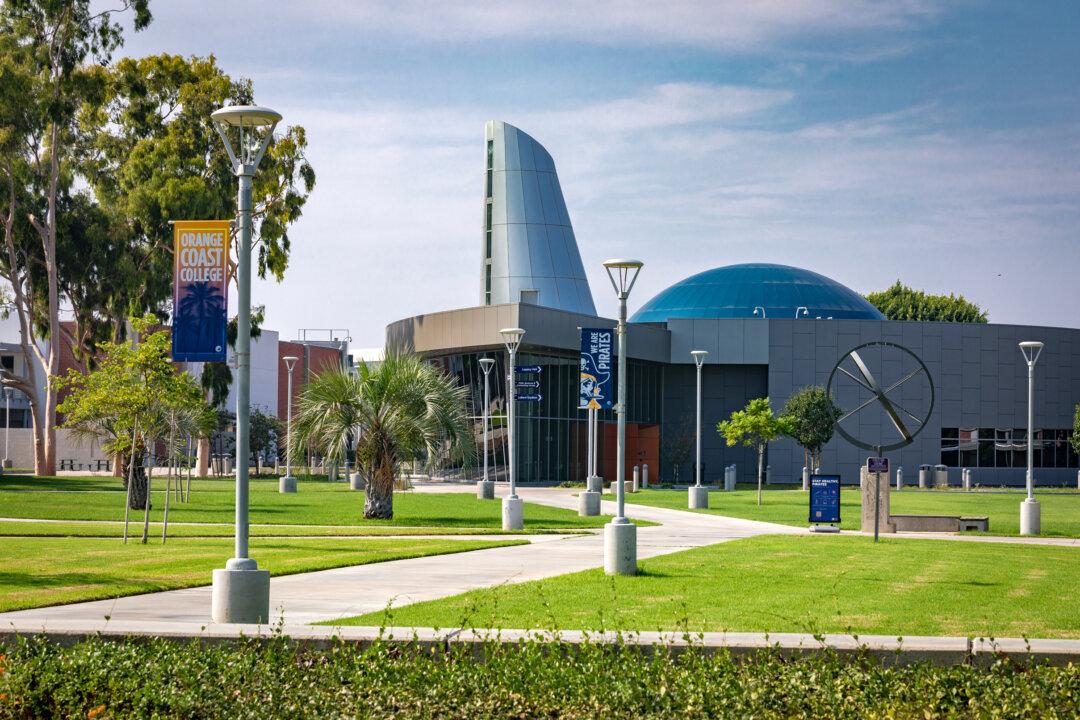Only 3 percent of elementary school students in San Francisco schools meet grade level standards, according to assessments conducted by a nonprofit academy.
The school which performed the testing was Bertrand D. Hsu American and Chinese Bicultural Academy, a bi-cultural, nonprofit for grades K–8 that operates year-round in Potrero Hill, San Francisco.





